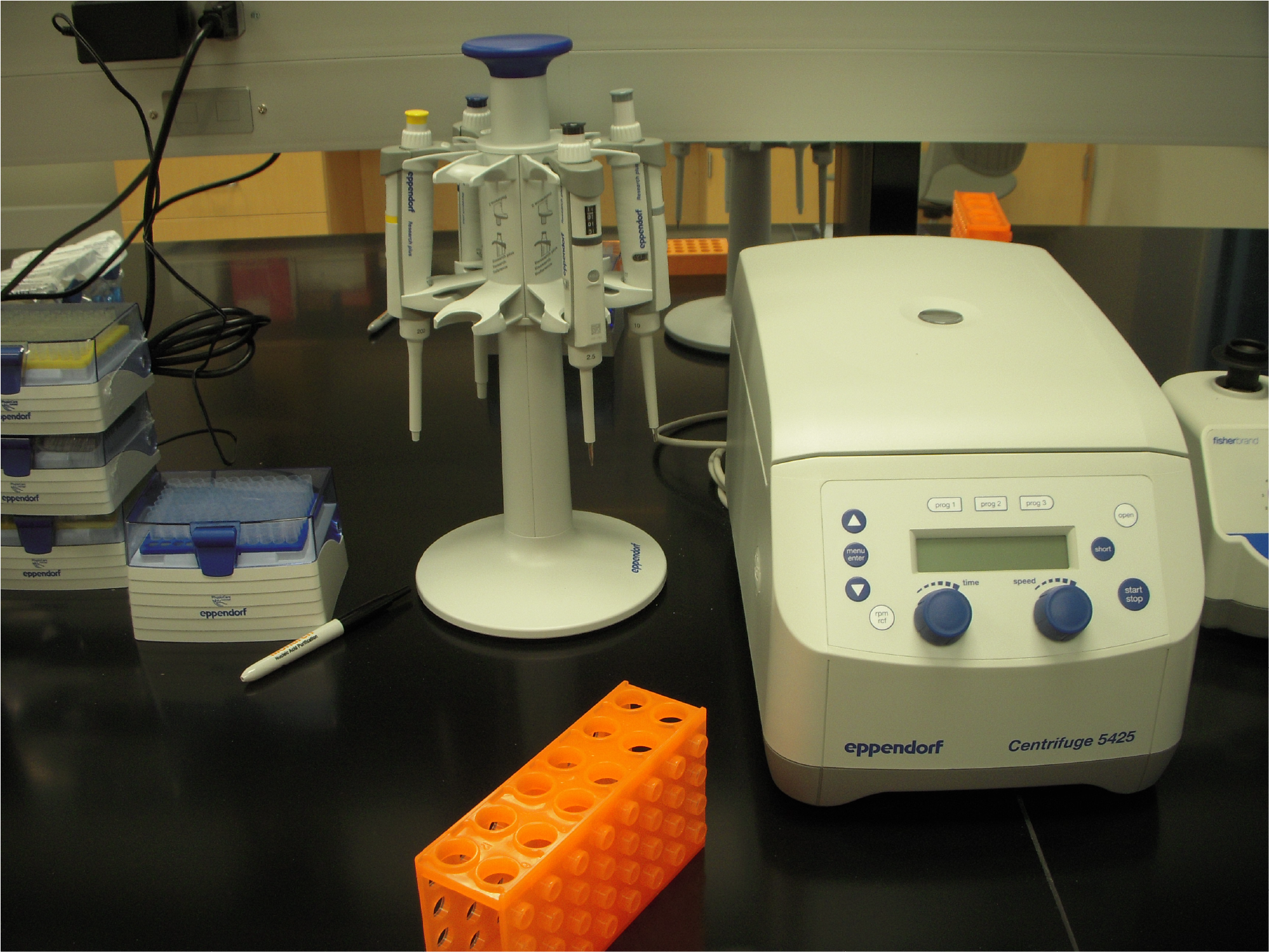12/31/2020 – On the last day of 2020, we discussed Bubenik, et al.’s recent paper on deriving experimental RNA structure from low abundance transcripts (i.e. pre-cursor mRNAs) from the Berglund lab. We were particularly interested in the methods since we are working on a similar assay in our lab! Protocol-wise, Bubenik, et al., used standard chemical probing to fix RNA secondary structural information followed by probe hybridization to enrich for their desired target. We hope to learn from this publication and continue our work with similar, more high-throughput experiments to broadly understand intronic structure. Bubenik, et al., used a nice inducible system which over-expresses the RNA binding protein MBNL in a background with the endogenous MBNL protein eliminated, but endogenous MBNL transcript present. Defects in MBNL result in myotonic dystrophy and influence a specific set of alternatively spliced exons, including an exon within MBNL itself. This intron-exon junction within MBNL was the focus for structural and experimental studies in this paper. By controlling MBNL expression the authors could analyze RNA structure at the MBNL controlled splice site carefully. It would be very interesting to see the results of an eCLIP study in tandem with this probe hybridization structure work (such as we recently discussed in Corley, et al.). The structural results in the presence and absence of MBNL binding were not substantially different. This is consistent with the prevailing theme that RNA binding proteins easily interact, and even occasionally prefer, highly structured regions even though the specific nucleotides the proteins recognize are normally unpaired.
Upcoming (1/8/2021) – So many good papers to chose from…
